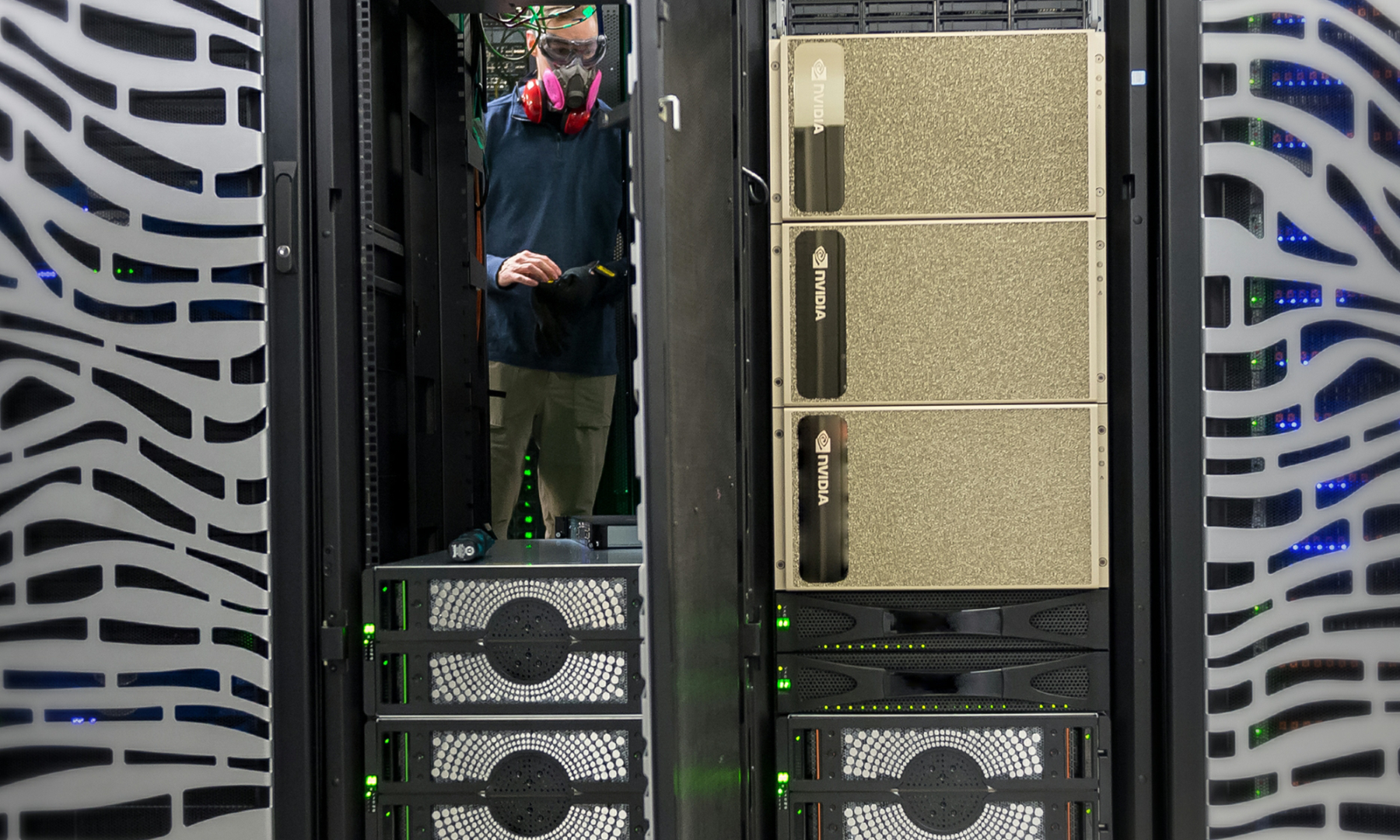NVIDIA (NVDA 1.48%), a company that specializes in graphics processing solutions for a wide variety of markets, reported strong earnings following market close on Nov. 6. The company delivered $1.225 billion in revenue, edging out analyst consensus of $1.2 billion, and $0.31 in earnings per share, cruising past consensus of $0.29 per share.
The company also guided to $1.2 billion in revenue for its fiscal fourth quarter, which represents a slight sequential decline from the just-reported fiscal third quarter. GAAP earnings per share is expected to hit $0.28 at the midpoint of the company's guidance -- assuming a flat share count quarter over quarter. These numbers are in line with analyst consensus of $1.2 billion and $0.28, respectively.
The GPU business keeps on truckin'
NVIDIA's graphics processing unit, or GPU, business grew 13% year over year, helped by some very encouraging trends. For example, the company reported growth in its gaming-oriented GeForce products for both desktop and laptop PCs of 36% year over year. The company also reported a doubling in sales of gaming-focused graphics processors aimed at notebook PCs.
This is very critical positive datapoint for the company, as it destroys a central tenet of the bear case; that lower performing but "good enough" integrated graphics processors would obviate the need for discrete graphics chips over the long term. It should be pretty clear, though, that the market for high-performance, gaming-oriented graphics processors is large enough -- and growing quickly enough -- to pour cold water on that particular thesis.
Additionally, NVIDIA also reported a "record quarter" for its Tesla line of chips targeted at high-performance computing applications. Its workstation-oriented Quadro family of graphics chips also reportedly saw "strong" revenue.
Tegra is still on the rebound
Although the company's Tegra system-on-chip business didn't do all that well last fiscal year, it continues to rebound in the current fiscal year. NVIDIA's Tegra revenue came in at $168 million this quarter, representing a 51% increase from a year ago.
NVIDIA cited a number of factors for this relatively strong financial performance. First, the company reported a doubling year over year in its automotive-related revenue. The company also pointed to strength in mobile devices, embedded systems, and even SHIELD tablet sales.
While the division is likely a ways from profitability -- investors will know how much Tegra is losing when the company files its 10-Q -- the division is finally back on a growth track.
Fiscal 2016 capital return program looks good
NVIDIA also announced that it plans to return $600 million to investors through share buybacks and quarterly dividends. Assuming that it keeps the dividend constant at $0.34 per share annually, the company should pay out just less than $200 million in dividends; this should mean more than $400 million in share repurchases next fiscal year.
What should long-term investors keep an eye out for?
At the end of the day, NVIDIA's profit center continues to be its stand-alone graphics processor business. As long as that business continues to perform, NVIDIA and its stock price should continue to do well. The Tegra business still has a ways to go before it's profitable, but if NVIDIA can get it just to break even, the company's overall profitability should improve significantly, unlocking even more shareholder value.







